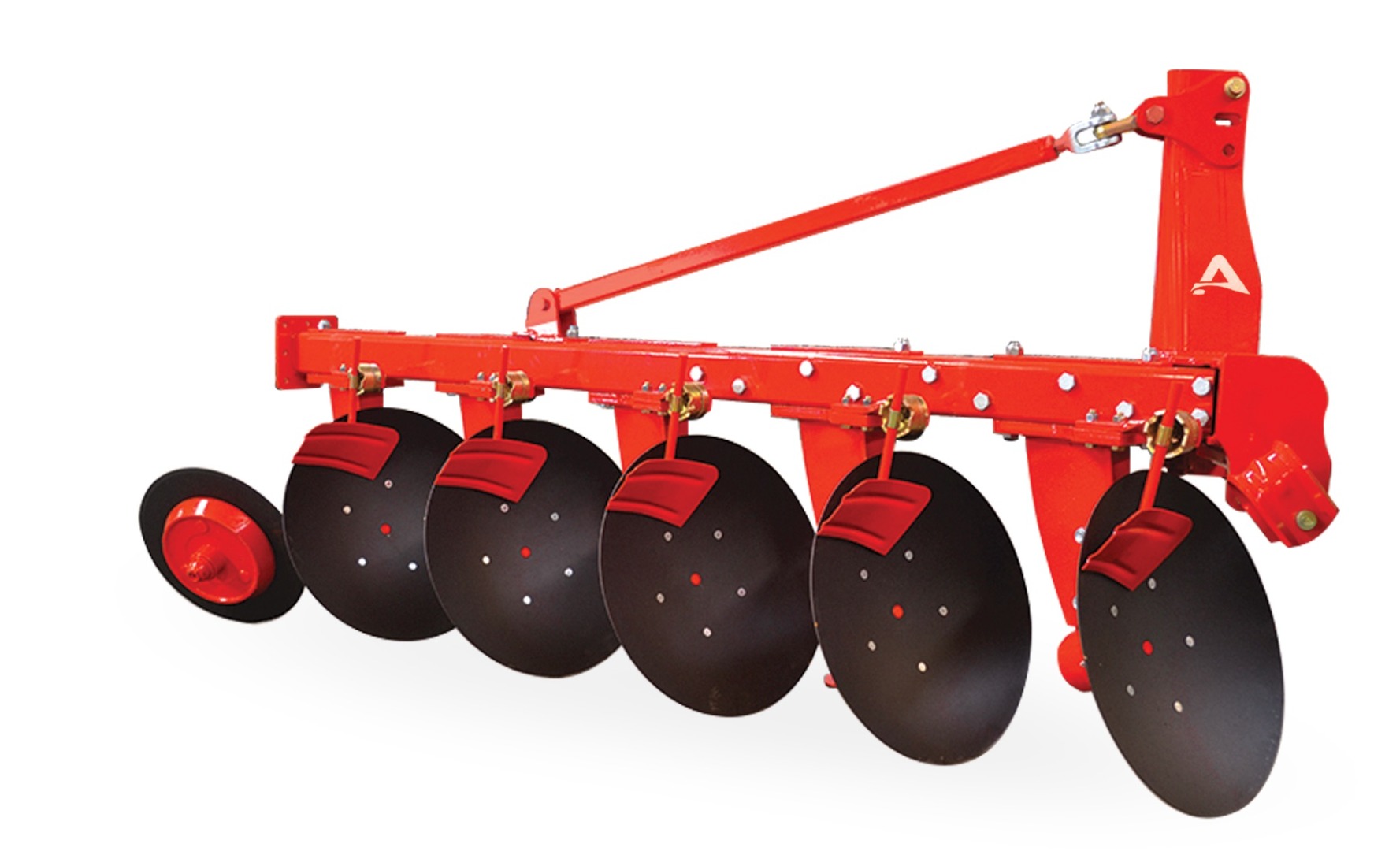PROFILE FRAME DISC PLOUGH
| PROFILE FRAME DISC PLOUGH | ||||||||||
| MODEL NO | QUANTITY OF DISCS | TOTAL LENGTH | TOTAL WIDTH | DISC DIAMETER | BODY RANGE | WORKING WIDTH | WORKING DEPTH | HEIGHT | NEEDED POWER | WEIGHT |
| Pcs | mm | mm | cm | cm | cm | cm | cm | Hp | Kg | |
| PL-DP-2 | 2 | 1580 | 1180 | 66 | 53 | 66 | 25 | 130 | 40-45 | 320 |
| PL-DP-3 | 3 | 2040 | 1200 | 66 | 53 | 99 | 25 | 130 | 50-60 | 423 |
| PL-DP-4 | 4 | 2600 | 1550 | 66 | 53 | 132 | 25 | 130 | 60-70 | 648 |
| PL-DP-5 | 5 | 3010 | 1600 | 66 | 53 | 165 | 25 | 130 | 80-90 | 746 |
No catalog found for this product
No User Manual found for this product
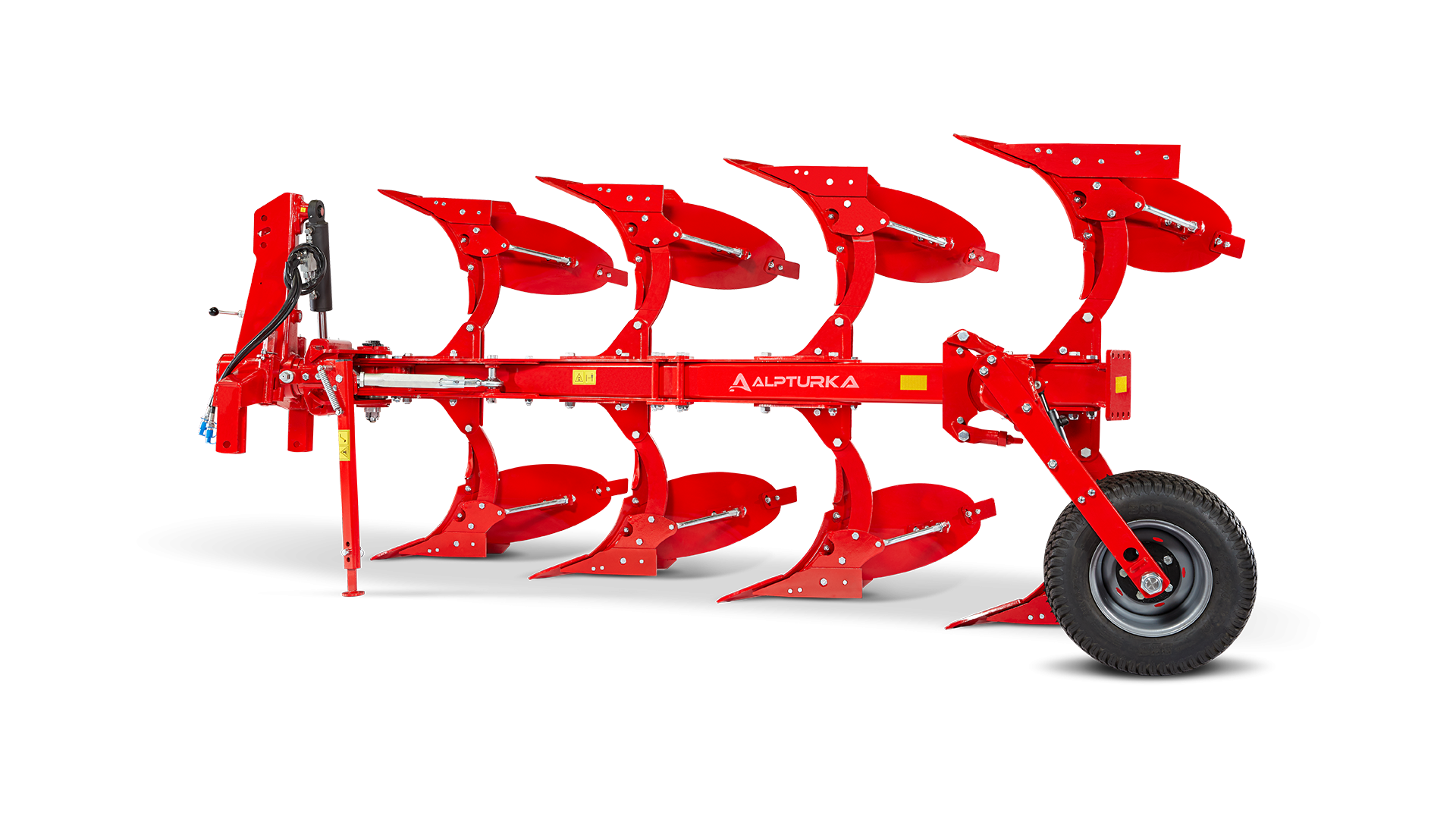
 Ploughs
Ploughs Cultivator
Cultivator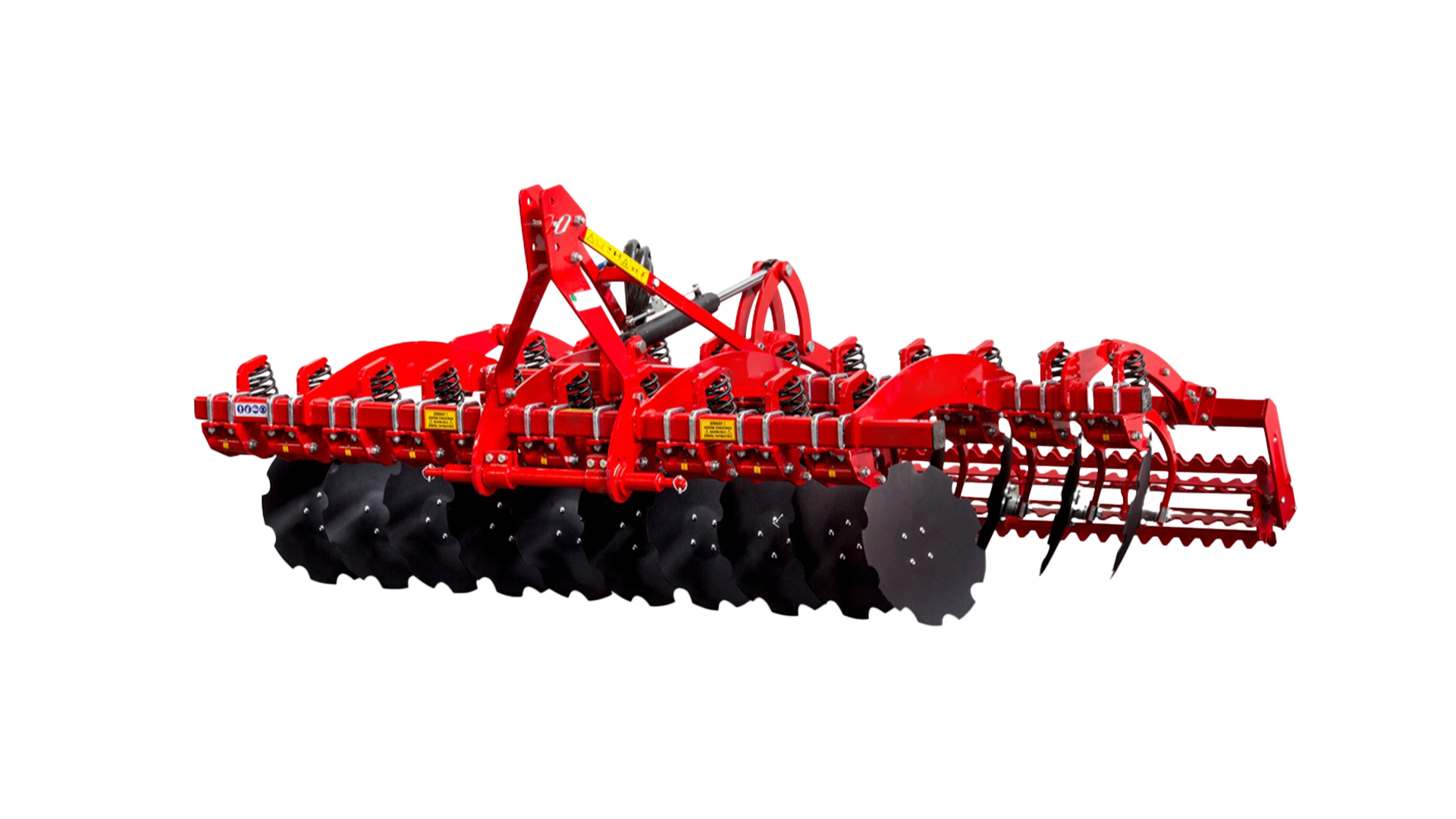 Disc Harrow
Disc Harrow Chisel
Chisel Subsoiler
Subsoiler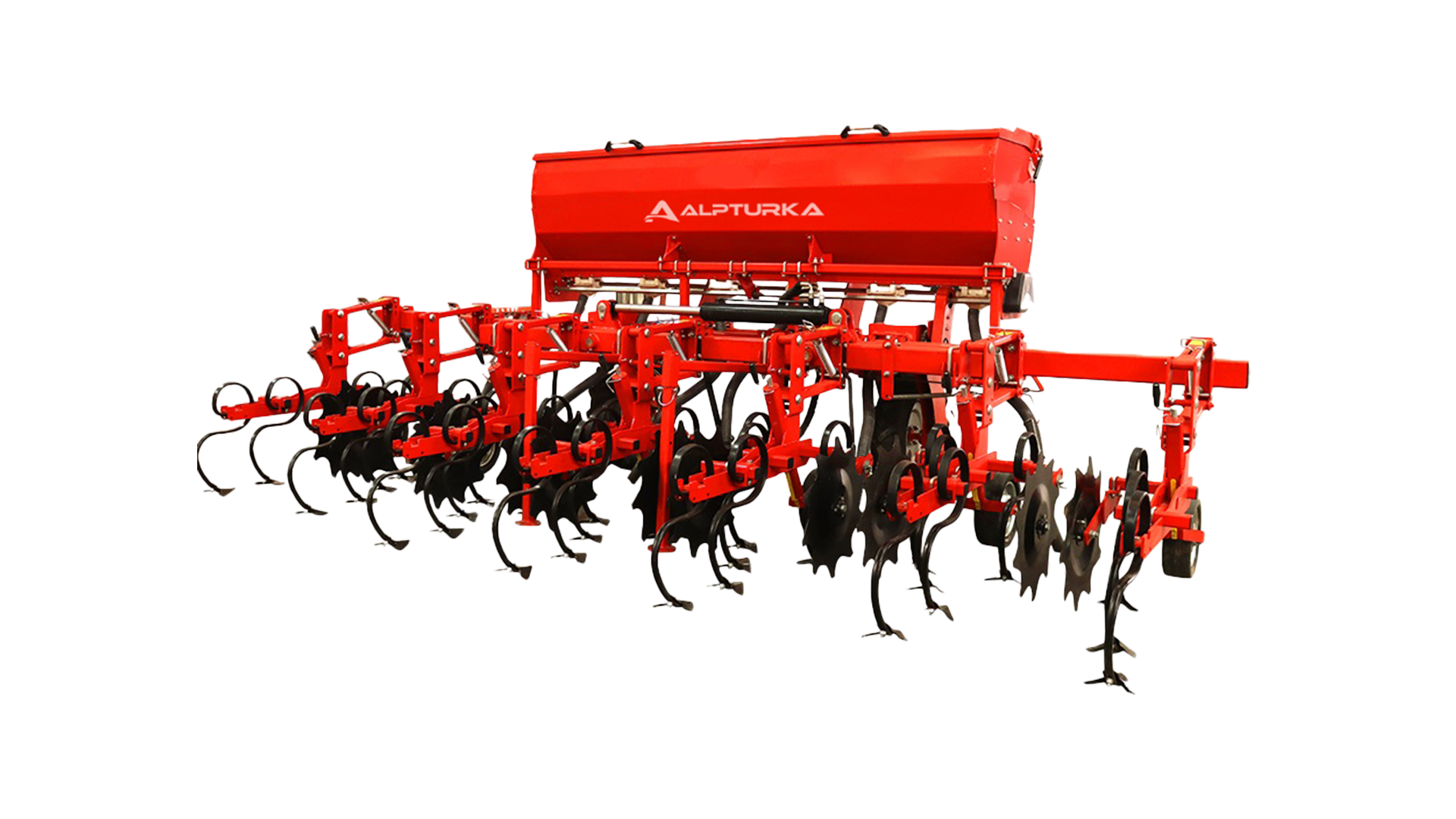 Interrow Cultivator
Interrow Cultivator Seedbed Preparation
Seedbed Preparation Land Leveler
Land Leveler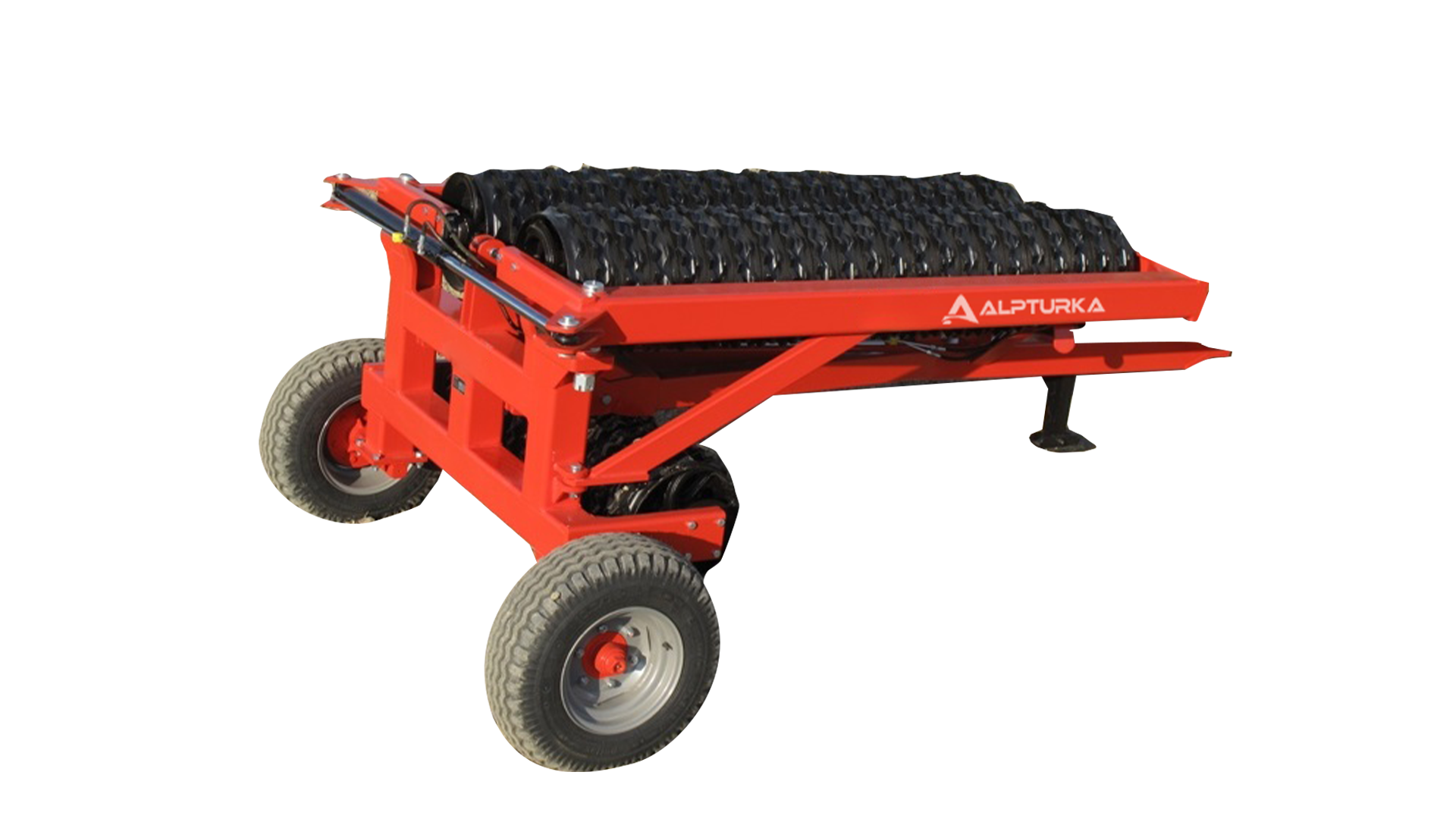 Land Roller
Land Roller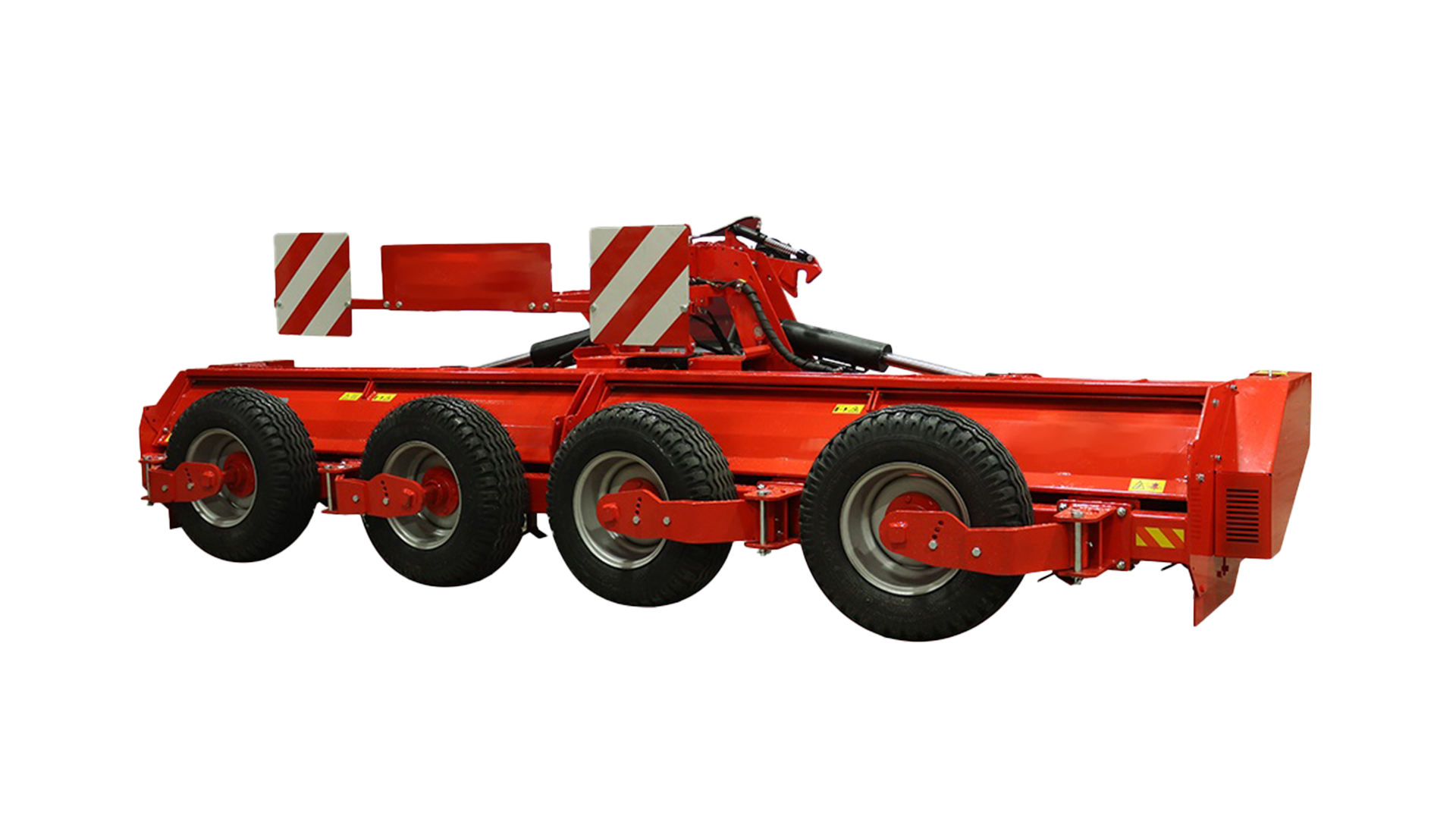 Shredding & Mowing
Shredding & Mowing Hole Digger
Hole Digger
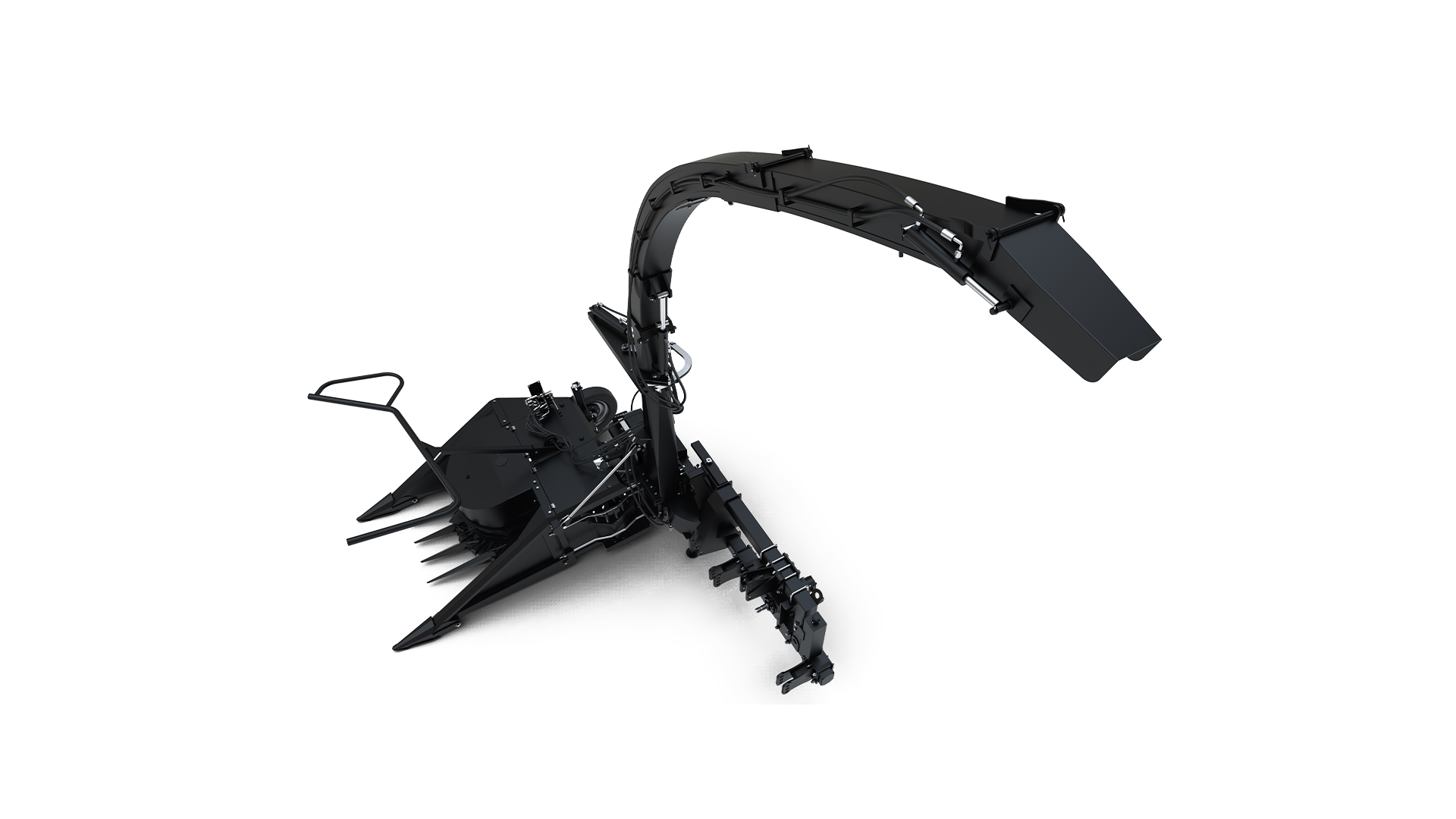 Silage
Silage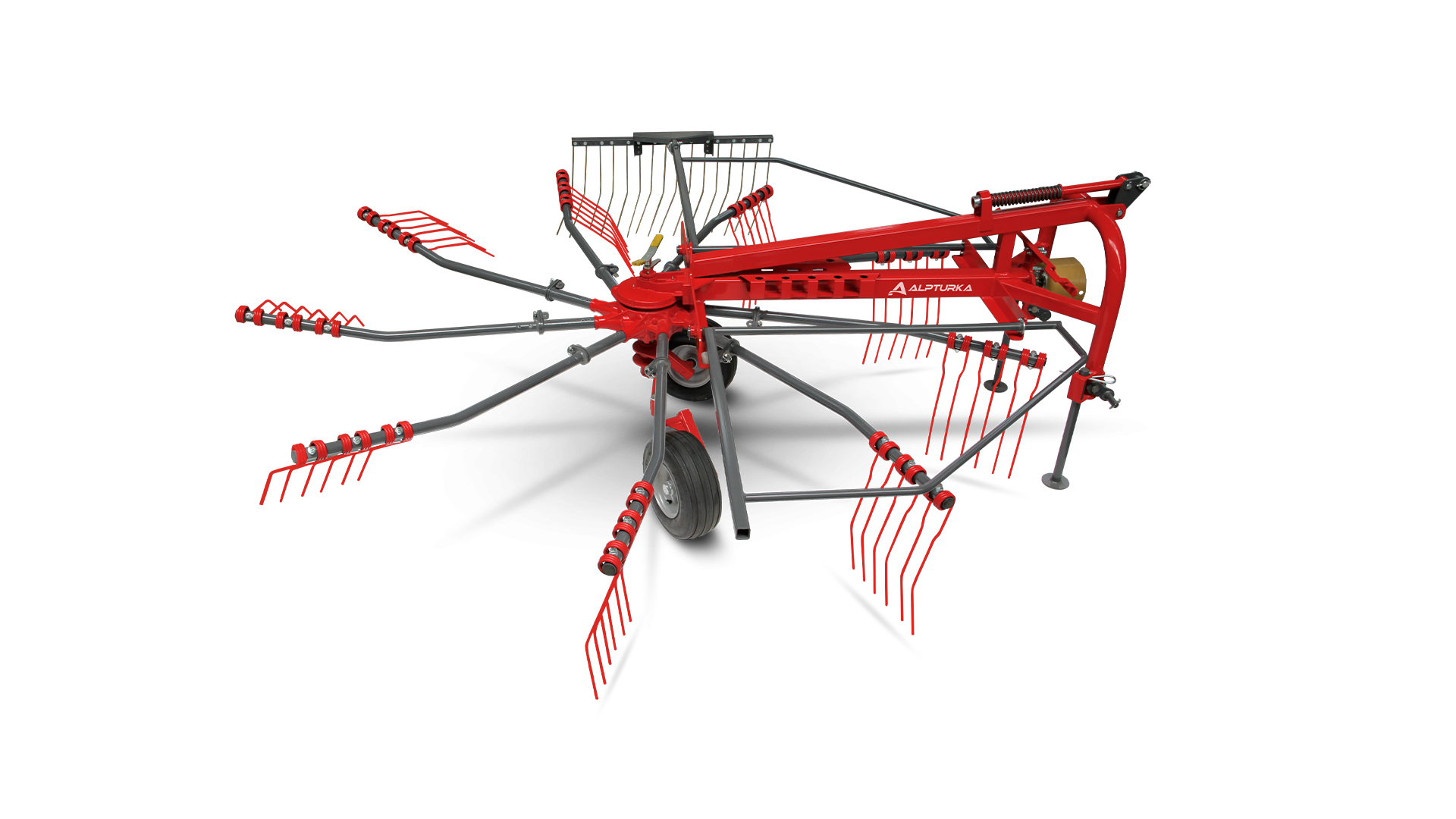 Hay Making
Hay Making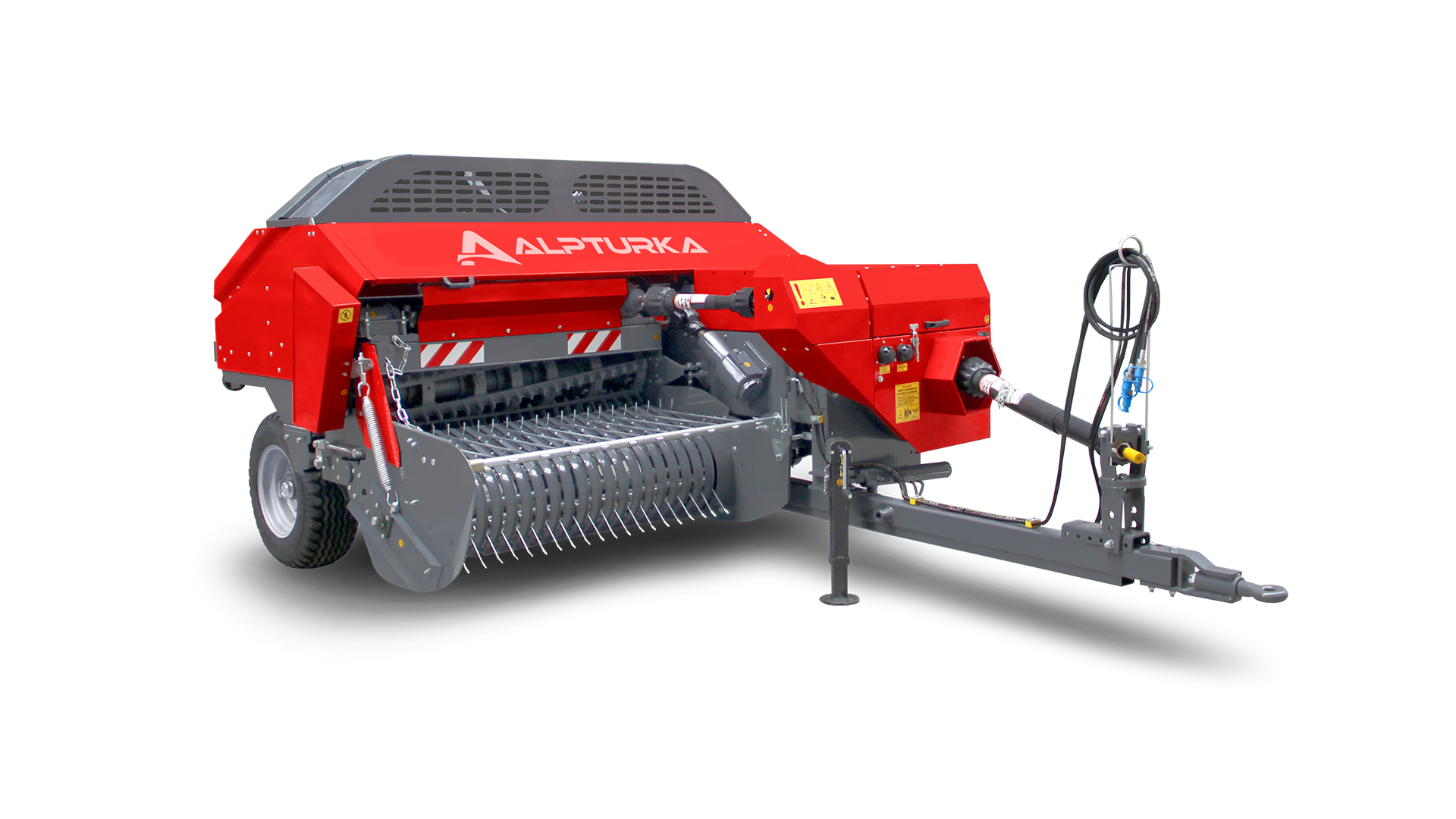 Baler
Baler Potato Harvester
Potato Harvester Thresher
Thresher
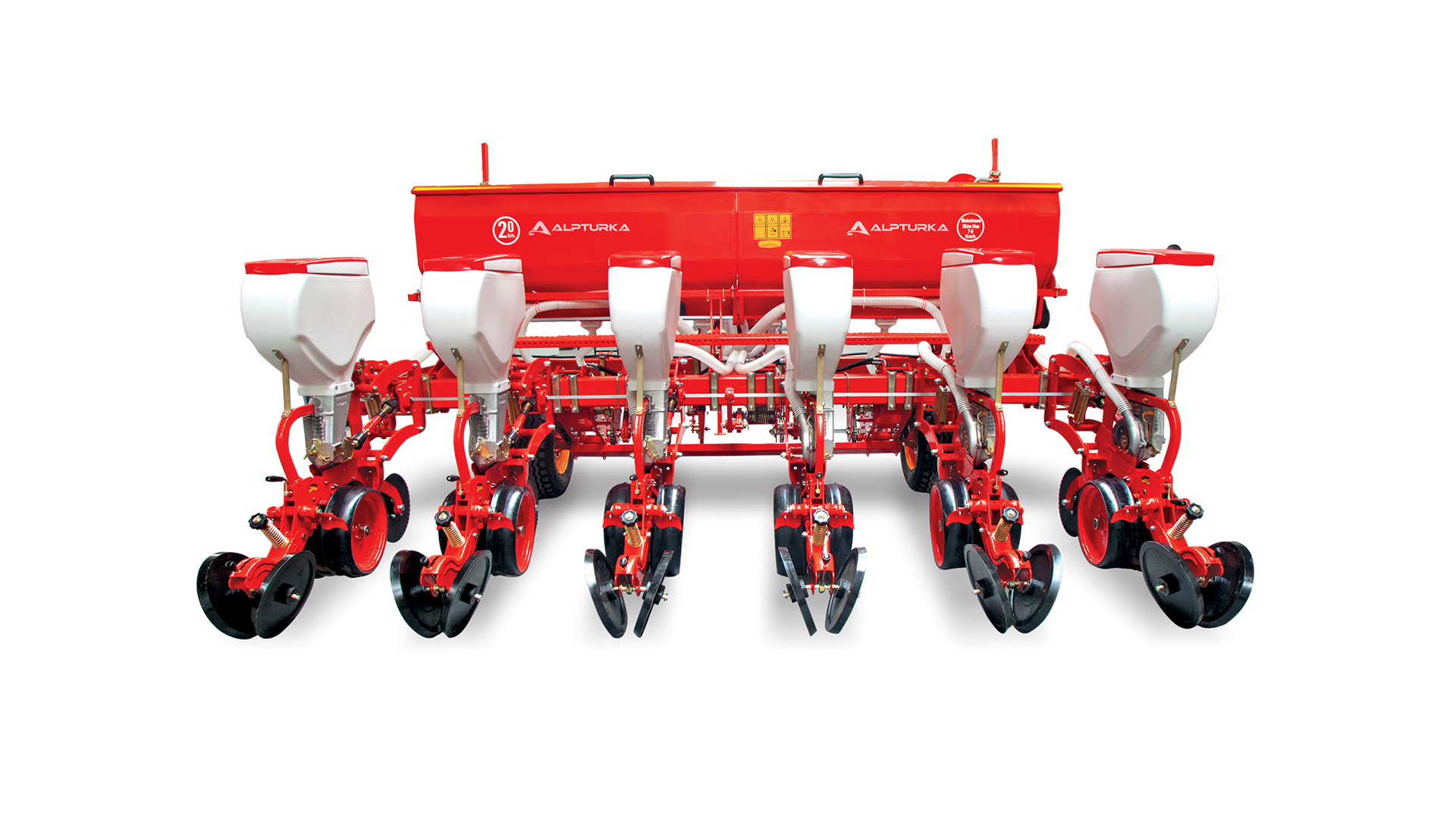 Pneumatic Planter
Pneumatic Planter Mechanical Seed Drills
Mechanical Seed Drills
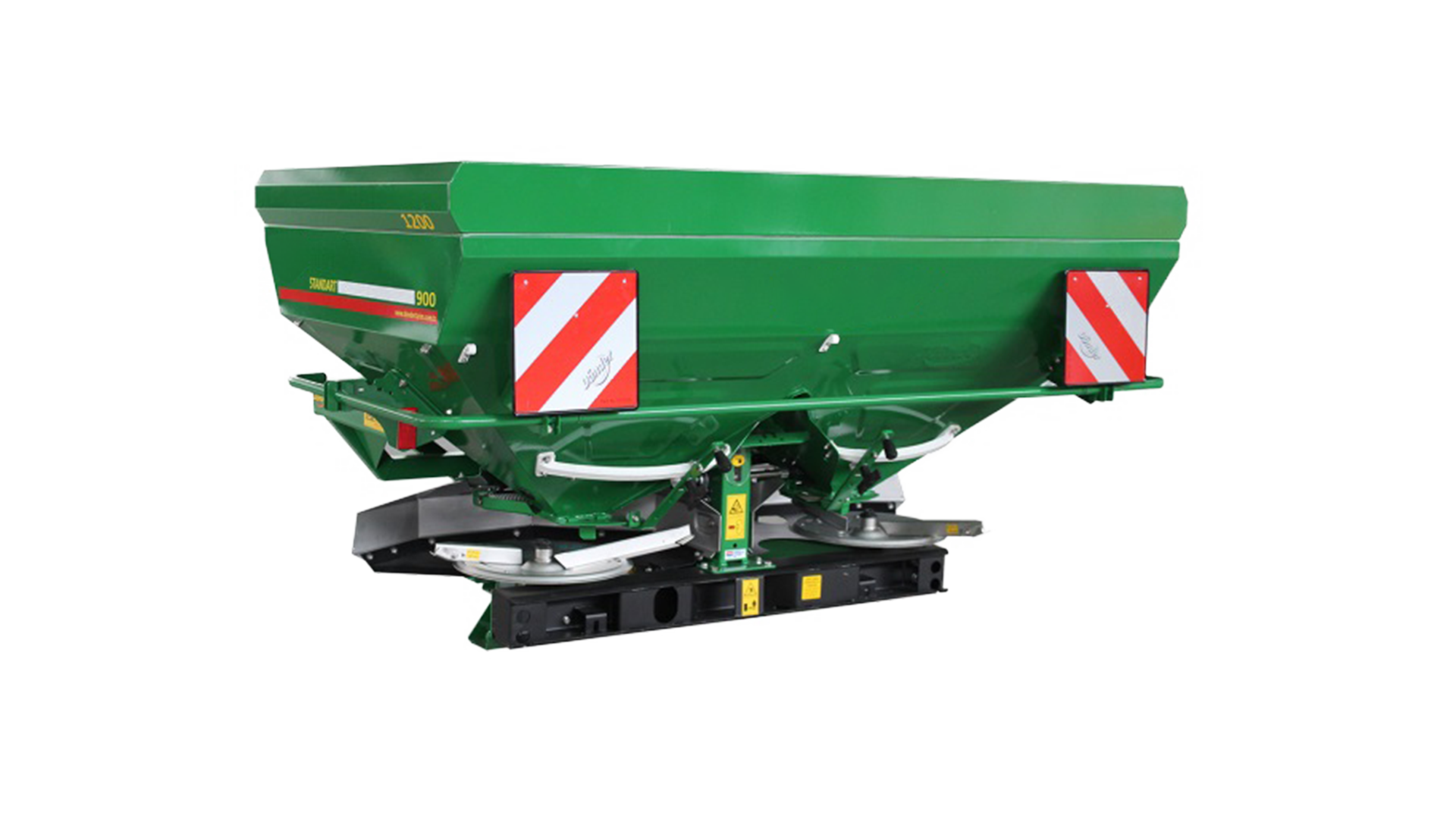 Fertilizer Spreader
Fertilizer Spreader Manure Spreader
Manure Spreader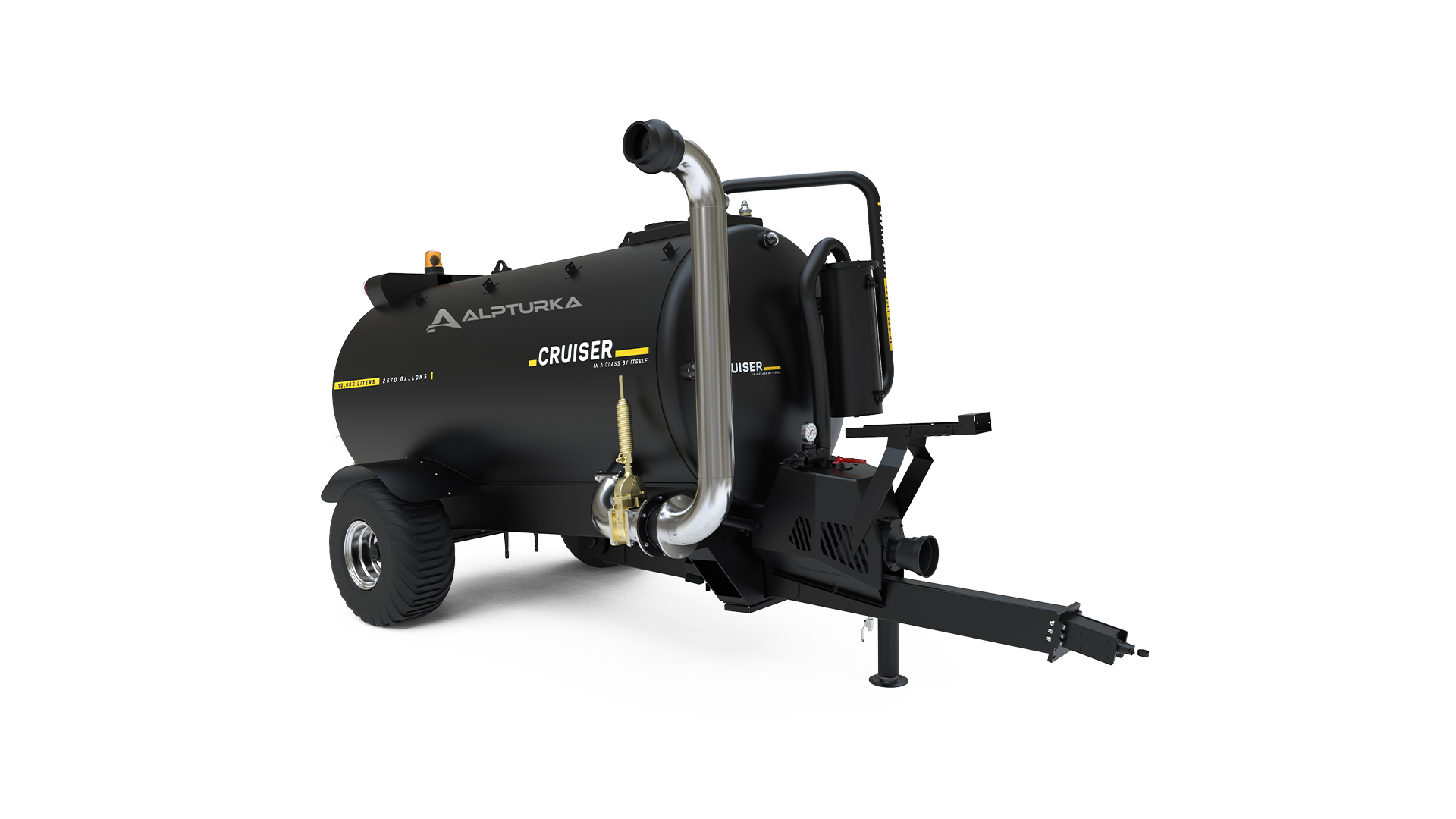 Slurry Tanker
Slurry Tanker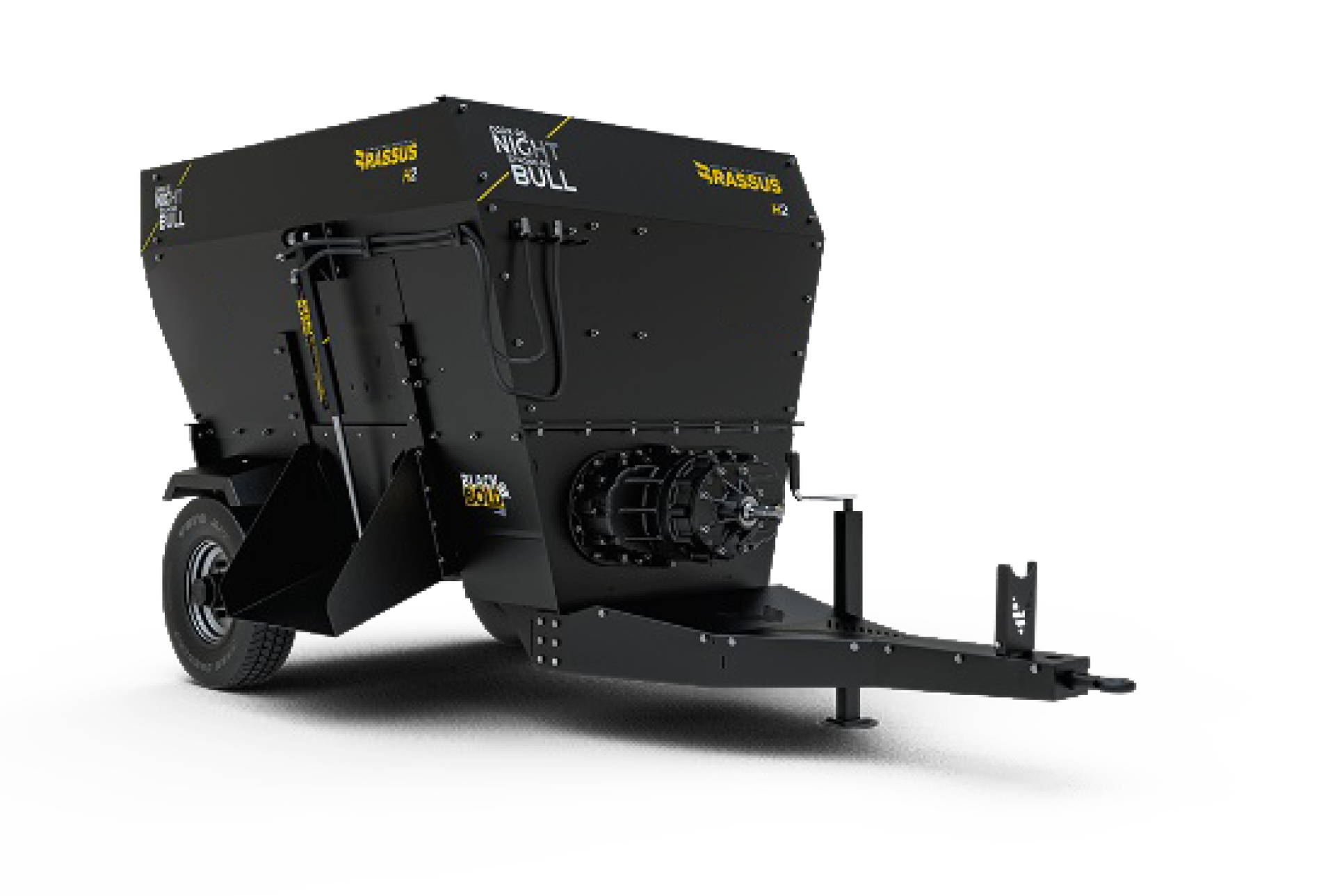
 Feed Mixer
Feed Mixer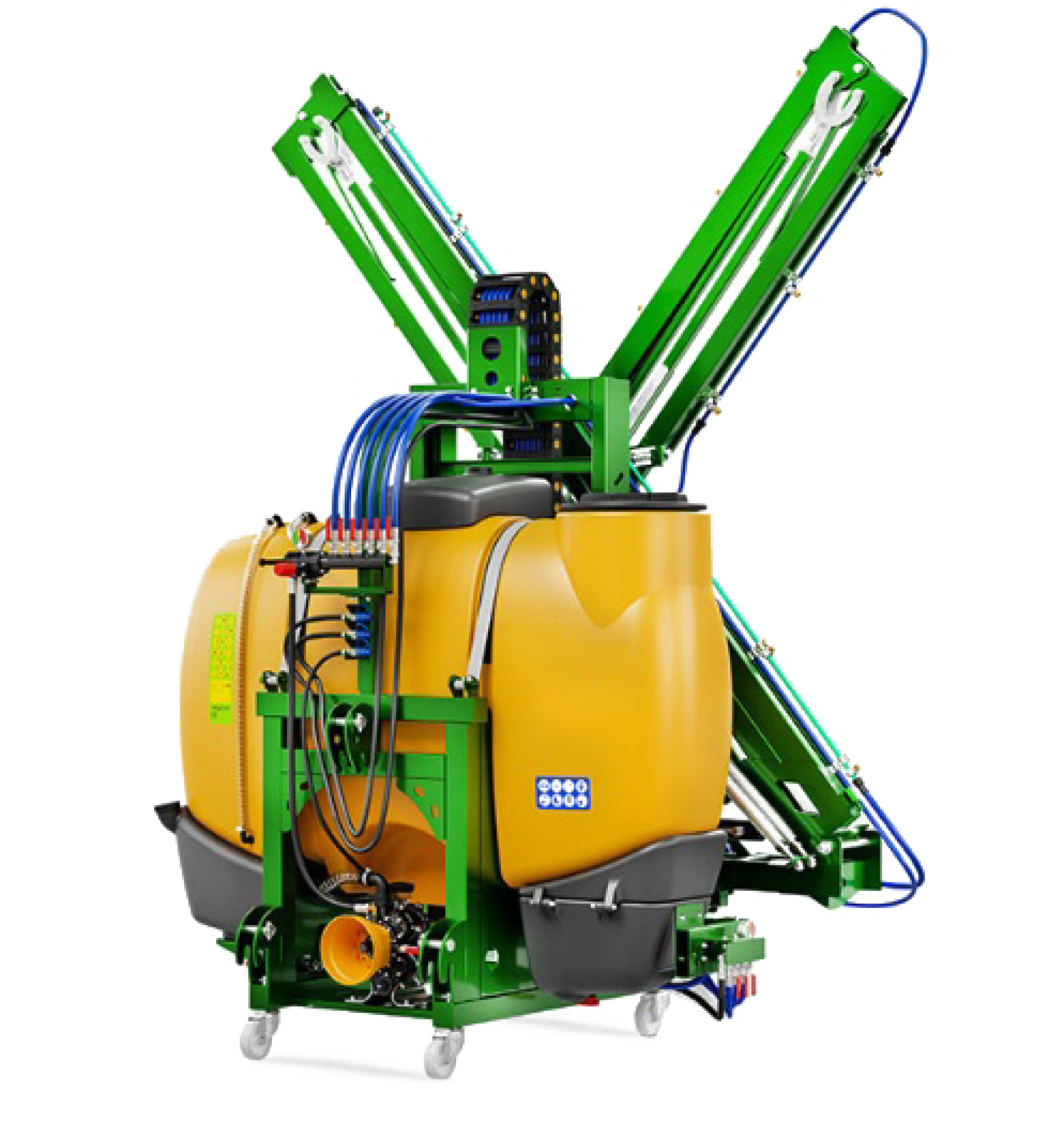
 Field Sprayer
Field Sprayer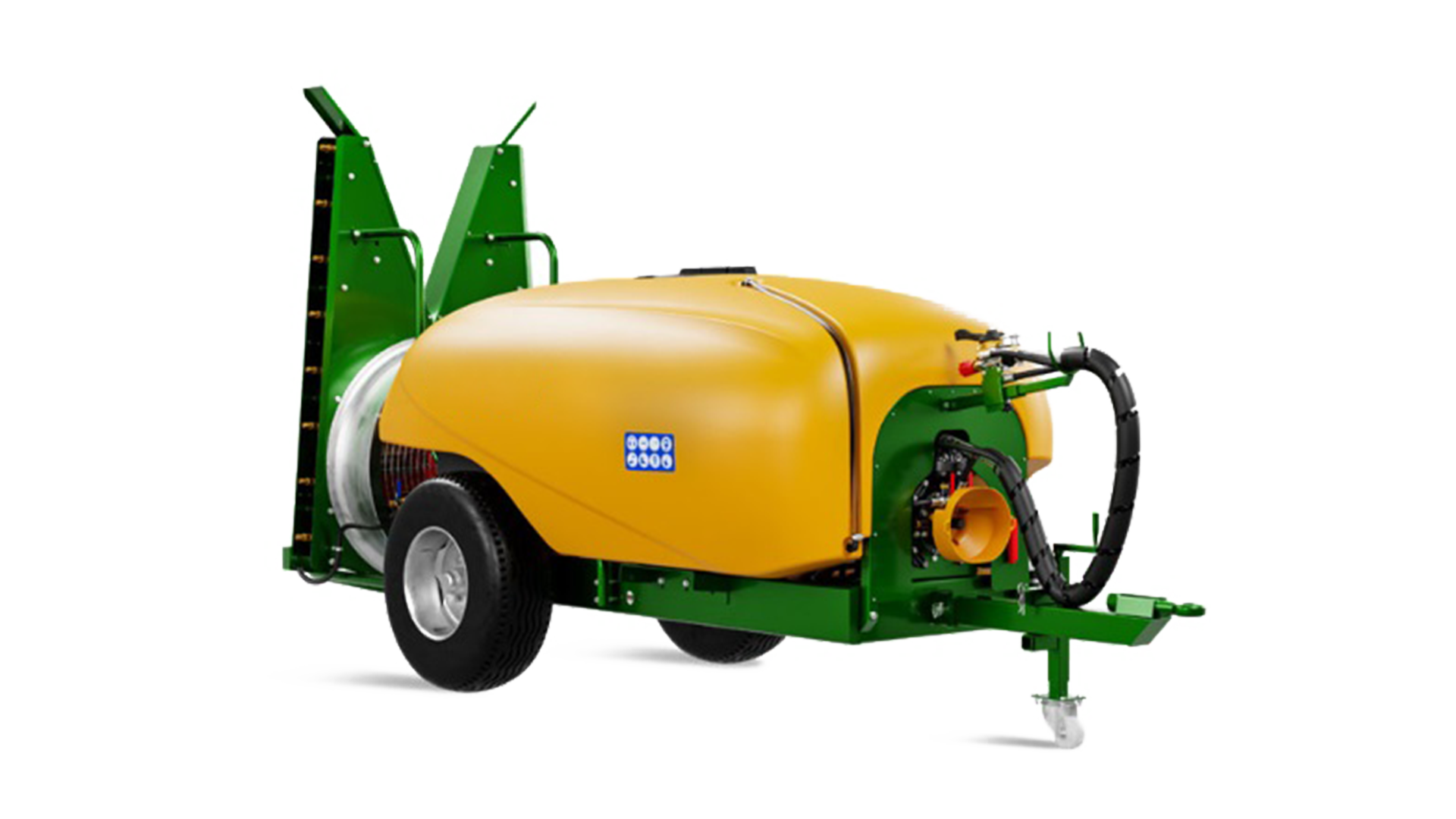 Turbo Atomizer
Turbo Atomizer Garden Sprayer
Garden Sprayer Electrostatic Sprayer
Electrostatic Sprayer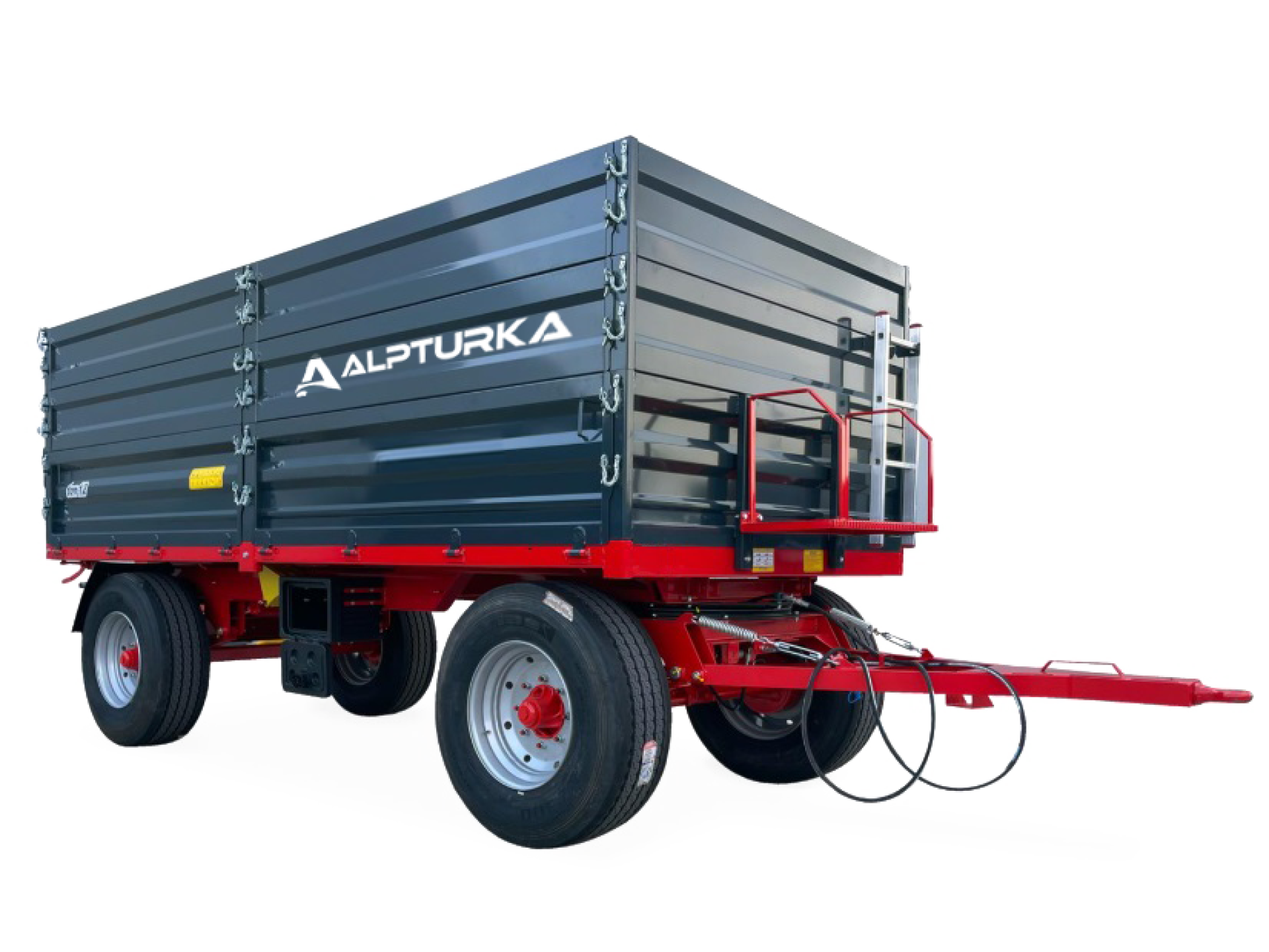
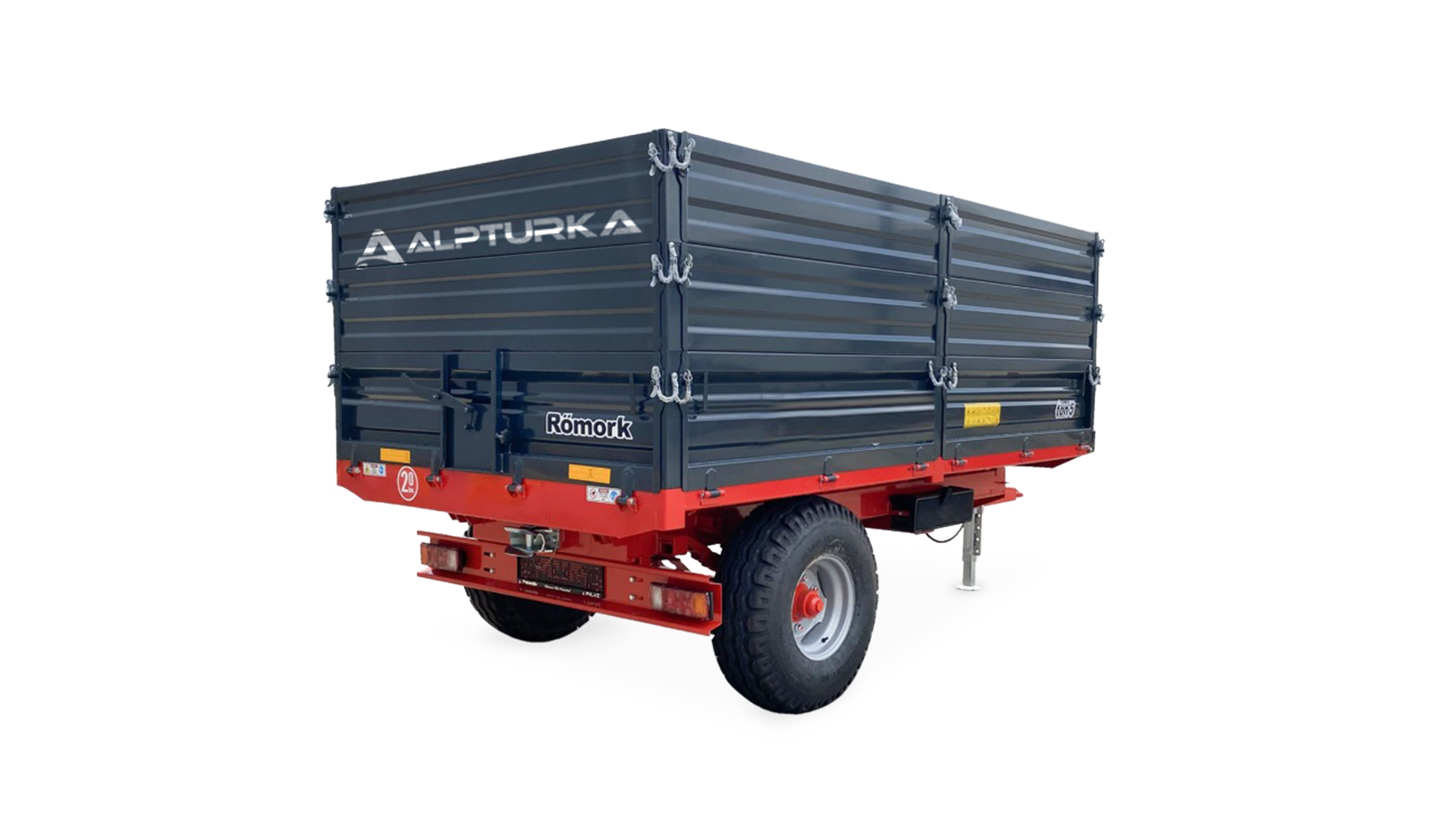 Single Axle Trailer
Single Axle Trailer Double Axle Trailer
Double Axle Trailer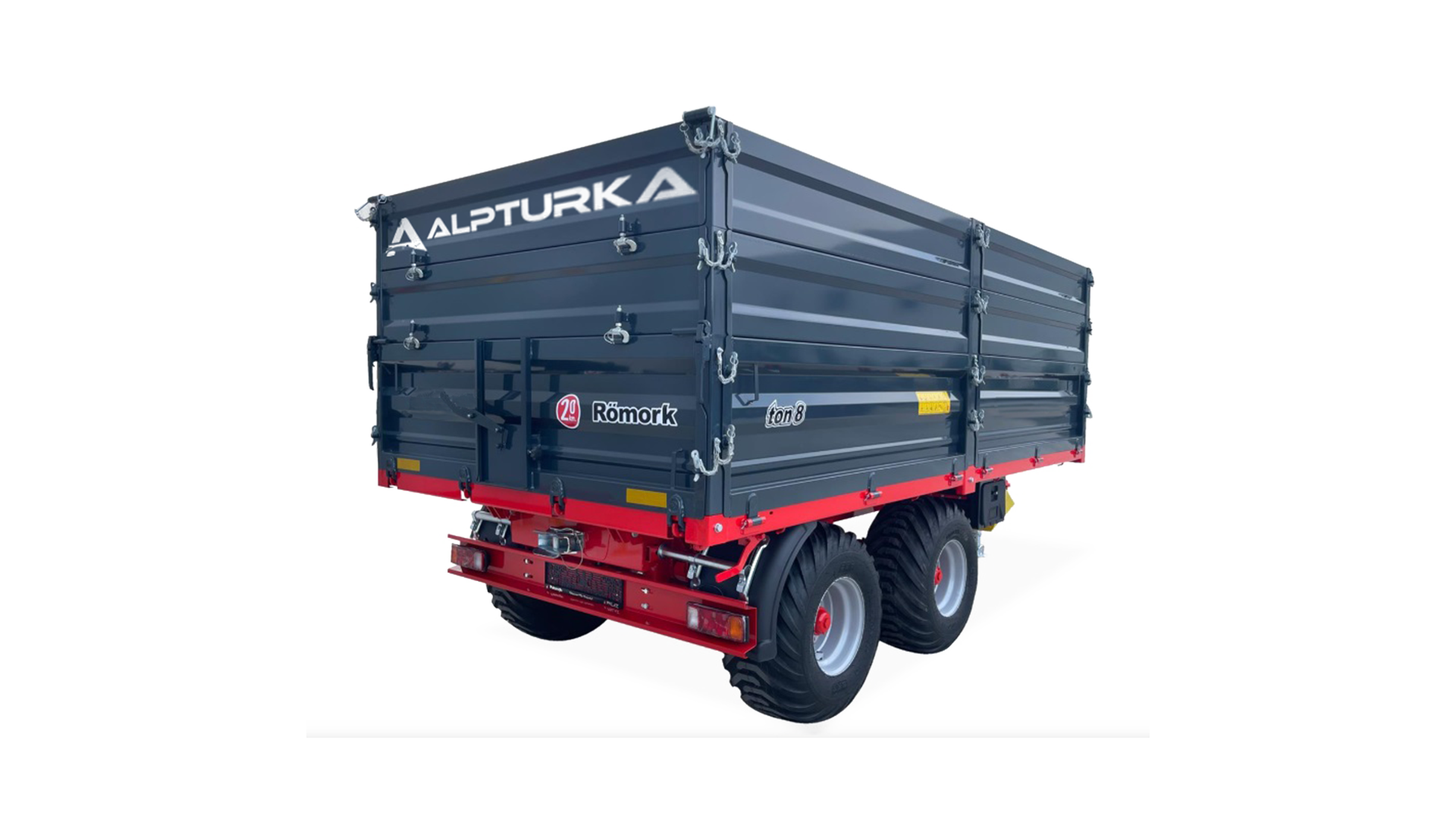 Tandem Axle Trailer
Tandem Axle Trailer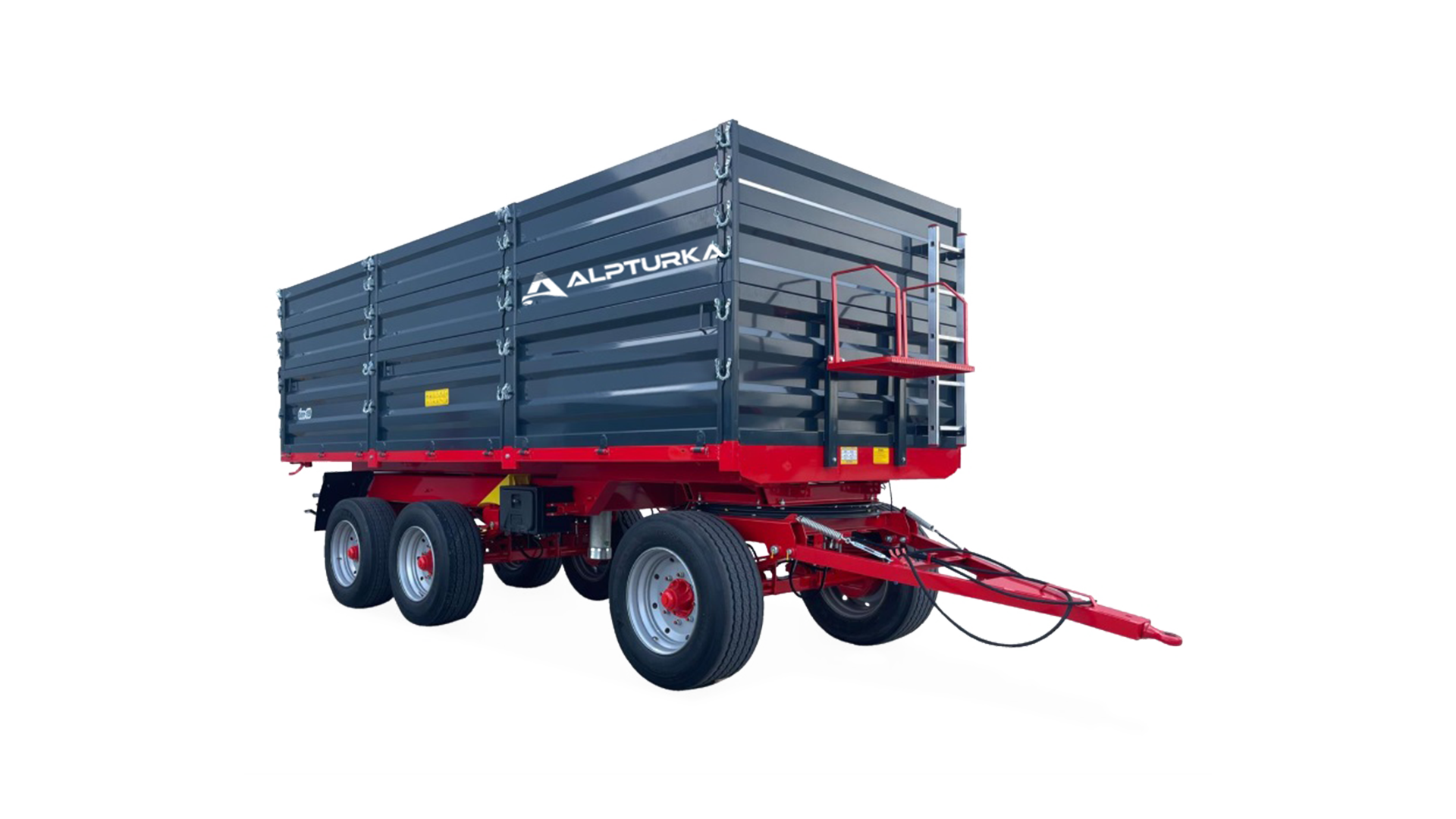 Triple Axle Trailer
Triple Axle Trailer Water Tank
Water Tank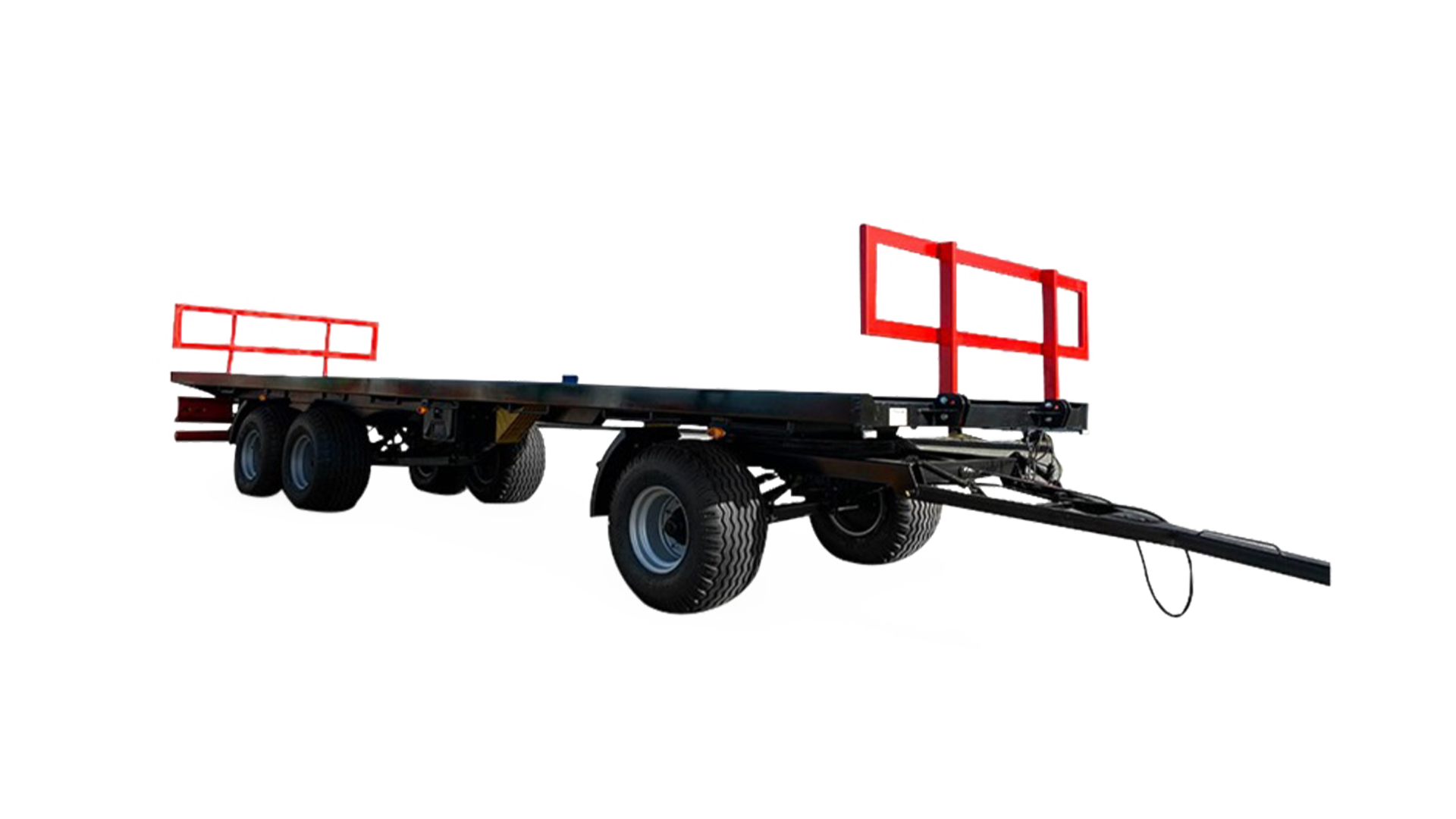 Baler Trailer
Baler Trailer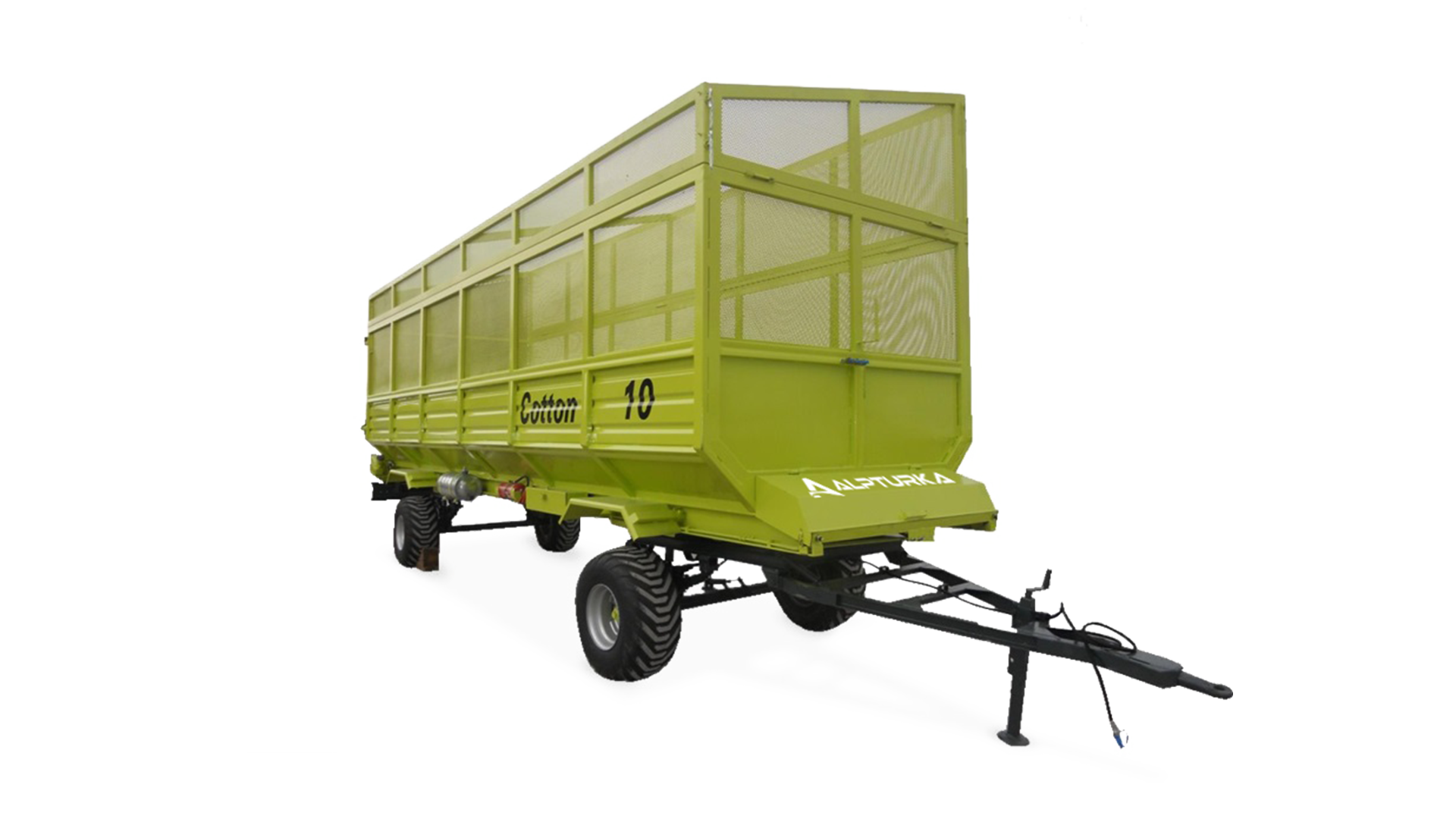 Cotton Transport Trailer
Cotton Transport Trailer